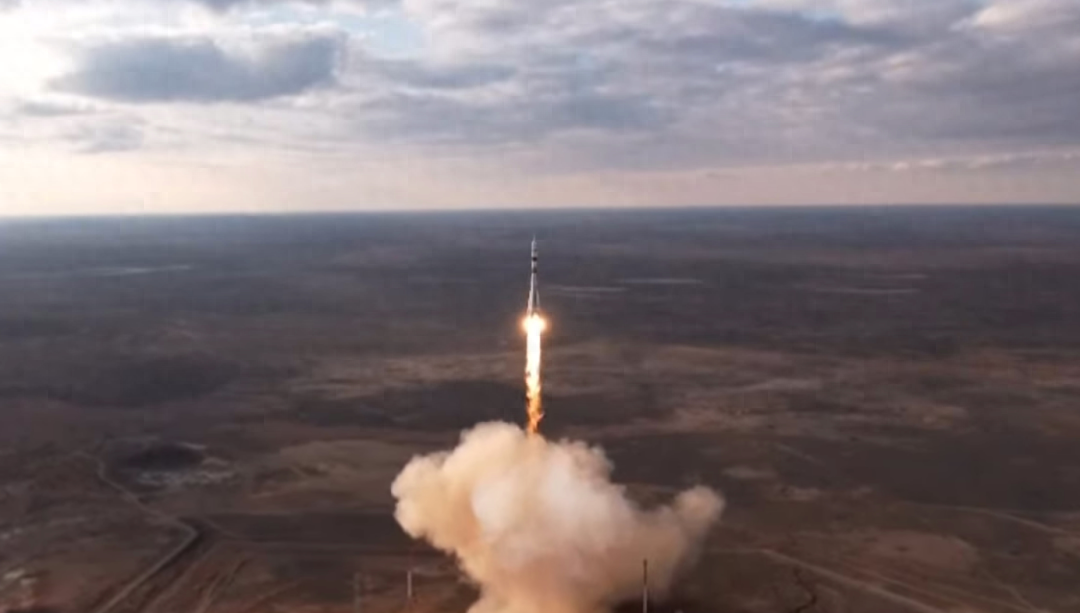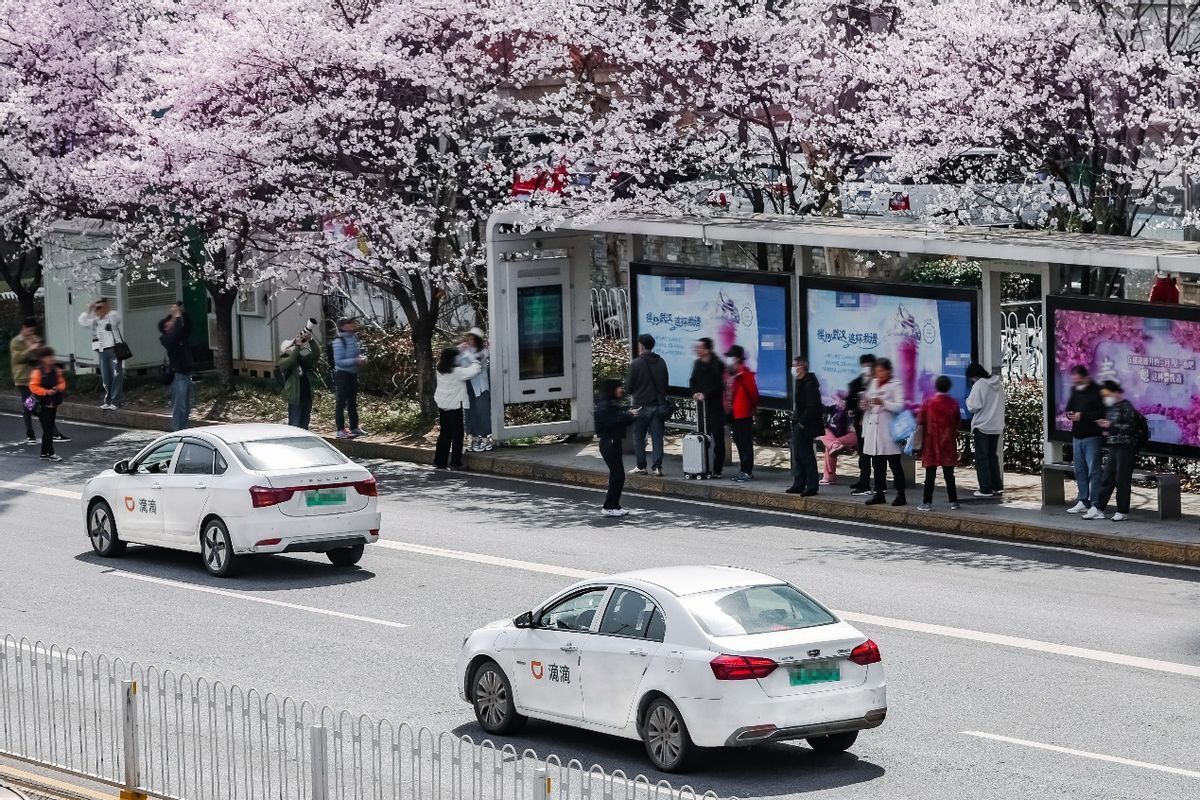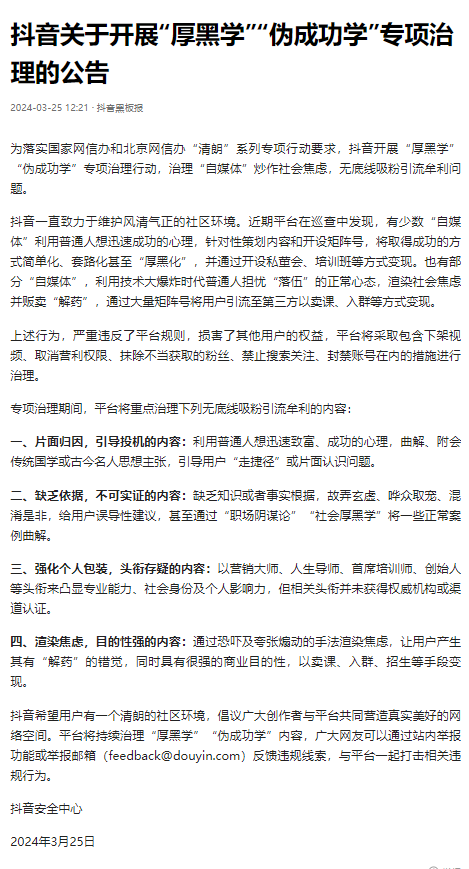Claiming 800 kilometers but only running over 600 kilometers, does the Tesla Semi heavy truck have "moisture" in its range?
On December 1st last year, I believe many card enthusiasts still remember the grand scene of Tesla delivering mass-produced Semi electric heavy-duty trucks to PepsiCo and Frito Lay snack food companies. The Semi heavy-duty truck, painted with a beautiful blue and yellow color, has attracted the attention of countless global commercial vehicle companies and cardholders
On December 1st last year, I believe many card enthusiasts still remember the grand scene of Tesla delivering mass-produced Semi electric heavy-duty trucks to PepsiCo and Frito Lay snack food companies. The Semi heavy-duty truck, painted with a beautiful blue and yellow color, has attracted the attention of countless global commercial vehicle companies and cardholders. Everyone is curious - can the Semi electric heavy-duty truck produced by Tesla, a leading electric vehicle and energy company in the world, play with freight transportation?

More than 10 months have passed since the delivery ceremony, but Tesla Semi's large-scale mass production has not yet landed, and batch deliveries are constantly being delayed. It is currently expected to be by the end of 2024. So over the past ten months, has Tesla Semi been doing well or not, and have all the previously boasted bulls been fulfilled? Below, the author will provide you with a few "short clips" to supplement your understanding of Semis.
Is there "moisture" in the latest measured range? Declare 800 kilometers, measure 600 kilometers+

Tesla Semi has sparked countless people's aspirations during its promotional phase, with a range of 800 kilometers per charge seemingly breaking the belief that electric trucks are difficult to engage in mainline transportation. However, in addition to delayed delivery, there is also one point that potential customers may feel disappointed with, which is the measured range capability.

The testing is conducted by an organization called the North American Freight Efficiency Council (NACFE), a non-profit organization dedicated to improving energy efficiency and environmental protection in the commercial vehicle industry. They regularly publish reports on the impact of new technologies and products on the freight industry. They found Semi's trial production car and conducted a rigorous 18 day test to understand its true range level.

Famous YouTuber North American veteran driver Trucker just ran into a Tesla Semi electric heavy-duty truck painted with Frito Lay on the road

Frito Lay's trailer painting is very interesting - a leopard grabbing the corner of the trailer for a spin
In order to be rigorous, they loaded the cargo for real freight scenario testing, and the total weight of the vehicle and cargo reached 37.2 tons (GVWR, which is the maximum allowable weight of a fully loaded vehicle, including all options, equipment, passengers, cargo, and fuel weight). All of this will take place on real roads, located near Sacramento, California, in a valley between two mountain ranges.

Recently, NACFE has reported three test results mainly on highways, with cruising speeds of up to 62 miles per hour (approximately 99 kilometers per hour).
On its first journey, Tesla Semi drove 472 kilometers and returned to the station with 21% battery power.
In the second test, the vehicle drove a total of 536 kilometers with a remaining battery charge of 17%.
In the third run, the battery was almost completely depleted, and the truck drove 603 kilometers at full charge. When it returned to the base, there was still about 1.7% of the battery left.

If similar results are obtained in subsequent tests, the conclusion will be very obvious - Tesla Semi, with cargo loaded, has a maximum range of 600-645 kilometers for a single charge based on the results of three tests, which is less than Tesla's claimed range of 800 kilometers.

In order to truly achieve the claimed 800km range, Tesla Semi must have a huge and substantial battery with a maximum capacity of 1000-1100kWh (to obtain 800kWh of usable capacity). Meanwhile, a few months ago, there was news that the car would be equipped with a battery with a maximum capacity of 800 kilowatt hours (i.e. a usable capacity of approximately 600 kilowatt hours).
1732 kilometers per day! Relying on charging speed to ignite a circle

Misfortune depends on fortune, and fortune lies in misfortune

NACFE provides a complete display in the table, including speed, battery level, and distance. Through the chart, we can see that most of the time, Tesla Semi's speed is above 60 miles per hour, or 96 kilometers per hour (which is higher than the 89km/h speed limit for ordinary trucks in China).

Let's take a closer look at another chart that compares the battery level with distance, which is "Battery Level (%)& Distance (mi)". The chart shows that the truck left the route at midnight on September 27th, when the battery level was 95%, which means it was just fully charged.
Subsequently, the vehicle remained in motion for most of the entire 24 hours, except for three charges. At the second charge, the vehicle is almost fully charged; The other two charges resulted in a charge of around 30% -40%. It can also indicate that this work was completed by changing drivers, otherwise it would violate local regulations on continuous driving hours.

In other words, Tesla has not demonstrated the promised 800 kilometer range since its launch. And what is truly impressive is the charging rate of Semi. It can be seen that during the second charging, only about 80 minutes later, the truck regained over 85% of its energy, enough to travel about 530 kilometers. For electric trucks, this is an extremely impressive speed. This indicates that the important factor behind achieving daily travel of 1732 kilometers is that the range is only one aspect, and more importantly, the refueling speed.
It has been 6 years since Tesla Semi made its debut, and based on its current performance, although its range is still slightly lower than the claimed 800 kilometers, its super charging speed has made up for its range level and confirmed that Tesla Semi is fully capable of eating the food of "trunk logistics transportation". And I believe that with the subsequent upgrade of battery performance and optimization of energy consumption level by Tesla Semi, electric trucks will definitely have prospects for engaging in trunk logistics transportation. However, there is also a prerequisite, as mentioned earlier - there must be fast charging stations scattered throughout various highways as support. (Written by Kong Xiangqi)
Disclaimer: The content of this article is sourced from the internet. The copyright of the text, images, and other materials belongs to the original author. The platform reprints the materials for the purpose of conveying more information. The content of the article is for reference and learning only, and should not be used for commercial purposes. If it infringes on your legitimate rights and interests, please contact us promptly and we will handle it as soon as possible! We respect copyright and are committed to protecting it. Thank you for sharing.(Email:[email protected])














